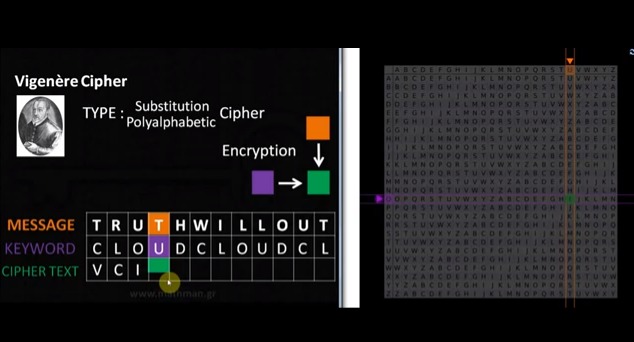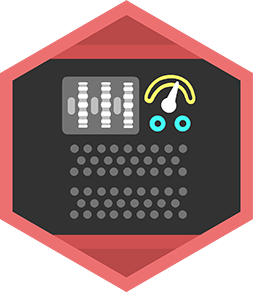Encrypt with a substitution cipher
Create and use a simple substitution cipher by mapping letters to symbols or other letters, then encrypt and decode secret messages to learn basic cryptography.



Step-by-step guide to encrypt with a substitution cipher
Cryptography 101 - Substitution Ciphers
Step 1
Gather your materials and find a flat place to work so your cipher will be neat and easy to read.
Step 2
Write the 26 letters A to Z in a straight line across the top of your paper using your pencil.
Step 3
Draw a second line under the first and prepare to write the secret codes that will match each letter.
Step 4
Choose a different symbol or different letter for each A to Z and write that symbol directly under its matching letter without repeating any code.
Step 5
Title your two lines "Cipher Key" and decorate the area so you can find your key quickly.
Step 6
Practice encoding by writing your name in plain letters and then writing its coded version below using your key.
Step 7
Write a short secret message of one or two sentences in plain English on a new line.
Step 8
Encrypt your secret message by replacing each plain letter with the matching symbol or letter from your cipher key and keep spaces and punctuation the same.
Step 9
Make a second short message and encrypt it to give to a friend or family member to decode.
Step 10
Give your friend only the encrypted message and one small hint (for example tell them which symbol is very common) so they can try to decode it.
Step 11
Count how many times each coded symbol appears in the message to help guess common letters like E and use those guesses to decode further.
Step 12
Show your cipher key so you and your friend can check the decoded message and celebrate your successful code-cracking.
Step 13
Share your finished creation on DIY.org
Final steps
You're almost there! Complete all the steps, bring your creation to life, post it, and conquer the challenge!


Help!?
What can we use if we don't have pencil or paper to write the A–Z and the second line for the Cipher Key?
If you don't have pencil and paper, use a marker on a whiteboard, crayon on cardboard, or chalk on the sidewalk and still write A–Z across the top with a second line beneath to make your Cipher Key.
My coded symbols look messy or I accidentally reused a symbol—how do I fix that before encrypting my name or messages?
If symbols get messy or a code repeats, redraw the two straight lines with a ruler, number each letter-column, and carefully check the 'choose a different symbol' step to replace duplicates before encoding your name or messages.
How can I adapt the activity for younger children or make it more challenging for older kids?
For younger kids, limit the alphabet to about 10 letters and use stickers or pictures as codes while they practice encoding their name, and for older kids require all 26 distinct symbols or numbers and have them use frequency counting from 'Count how many times each coded symbol appears' to help decode messages.
What are some fun ways to extend or personalize the substitution cipher activity after making the Cipher Key?
Turn your decorated 'Cipher Key' into a reusable decoder wheel by attaching two paper circles with a split-pin, create themed symbol sets like animals or emojis, or build a puzzle hunt where friends must decode multiple encrypted clues you give them.
Watch videos on how to encrypt with a substitution cipher
Substitution Cipher using a Keyword
Facts about basic cryptography
✉️ You can make ciphers with letters, symbols, or even emoji and use them to send secret notes to friends.
🔎 Frequency analysis (like spotting that 'E' is the most common letter) can help crack many simple substitution codes.
🔁 The Caesar cipher is a type of substitution cipher that shifts letters; Julius Caesar reportedly used a shift of 3.
🔢 There are 26! (about 4 × 10^26) possible keys for a full-letter substitution cipher — that's an enormous number!
🕵️♂️ Substitution ciphers swap each letter for another letter or symbol — spies and kids both love them!
How do you create and use a simple substitution cipher with a child?
What materials do I need for a substitution cipher activity?
What ages is a substitution cipher activity suitable for?
What are the benefits and fun variations of doing substitution ciphers with kids?


One subscription, many ways to play and learn.
Only $6.99 after trial. No credit card required



